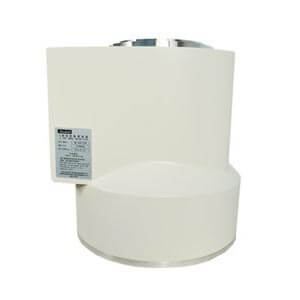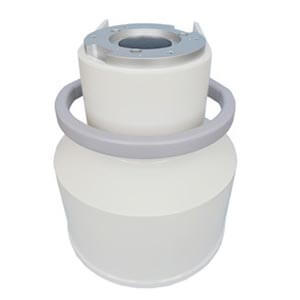Home›Blog ›How does the image enhancement process of an X-ray image intensifier affect the total radiation dose delivered to the patient?
How does the image enhancement process of an X-ray image intensifier affect the total radiation dose delivered to the patient?
An X-ray image intensifier (XRII) is a device used in fluoroscopy to convert X-ray photons into visible light, amplifying the image for real-time visualization. The image enhancement process in an X-ray image intensifier involves several stages, including X-ray detection, conversion to visible light, and electronic amplification. While the image enhancement itself doesn’t directly affect the total radiation dose delivered to the patient, there are some indirect considerations:
1. Sensitivity and Efficiency:
– A more sensitive XRII system may require a lower radiation dose to produce an adequate image. Efficient XRII systems can convert a higher percentage of incident X-ray photons into visible light, reducing the need for increased radiation exposure.
2. Electronic Amplification:
– Electronic amplification is a key step in the image enhancement process. Higher levels of electronic amplification can enhance the visibility of low-dose X-ray images, allowing for better visualization without necessarily increasing the radiation dose to the patient.
3. Brightness Control:
– XRIIs often have brightness control settings that allow adjustment of the intensity of the displayed image. Lowering the brightness level may improve image contrast but may also require an increase in the radiation dose to maintain visibility.
4. Fluoroscopy Pulse Rate:
– The use of pulsed fluoroscopy instead of continuous fluoroscopy can reduce the total radiation dose delivered to the patient. The XRII’s image enhancement process can contribute to maintaining image quality during pulsed fluoroscopy at lower dose rates.
5. Noise Reduction:
– Advanced image processing techniques within the XRII system can reduce noise in the image, improving diagnostic quality. While this doesn’t directly affect the radiation dose, it may allow for lower-dose imaging by compensating for reduced noise levels.
It’s important to note that the primary factors influencing patient radiation dose in fluoroscopy are the technical factors controlled by the operator, such as tube current (mA), exposure time (seconds), and source-to-image distance (SID). The image intensifier’s role is to optimize the visibility of the images obtained with the given radiation dose.
In summary, the image enhancement process of an X-ray image intensifier can indirectly impact the patient radiation dose by influencing system efficiency, brightness, and noise levels. However, the control of the actual radiation exposure parameters remains the responsibility of the operator to ensure the balance between image quality and patient dose. Regular training and adherence to established protocols are essential for maintaining a proper balance in fluoroscopic procedures. Whatsapp:+86 18953679166. Email: service@newheek.com

Author:Image Intensifier
Product Category
News
Contact us
Tel: (+86) 18953679166
Whatsapp: +86 18953679166
Email: service@newheek.com
Company: Weifang Newheek Electronic Technology Co., Ltd.
ADD: E Building of Future Star Scientific Innovation Industrial Zone of No.957 Wolong East Street, Yulong Community, Xincheng Sub-District Office, Weifang Hi-tech Zone, Shandong Province, China





